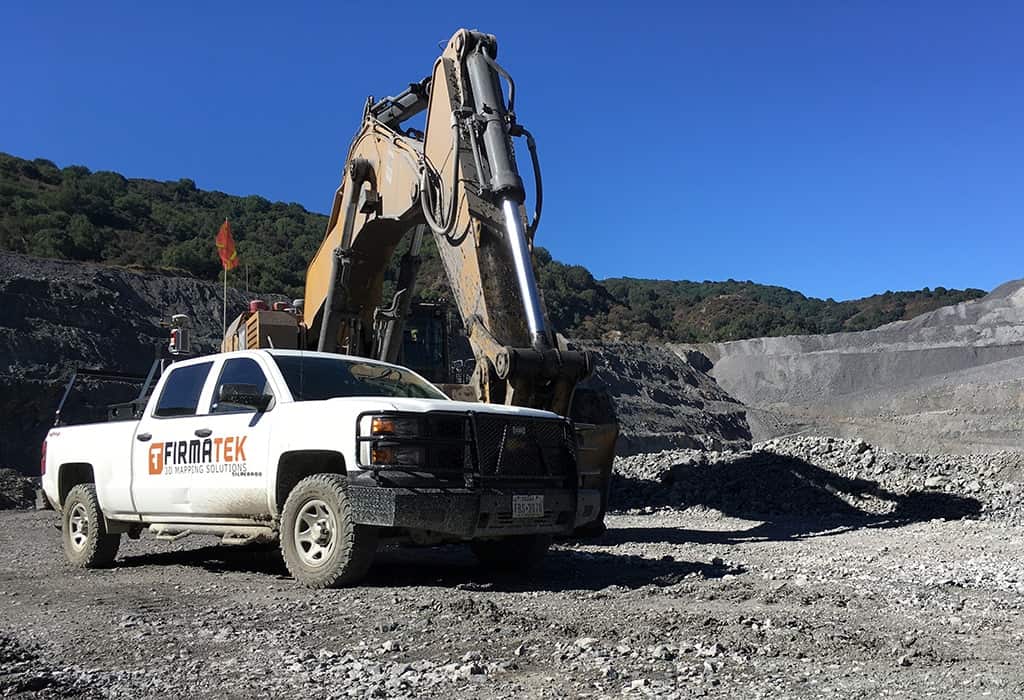Without aggregates, like stone and sand, industry would grind to a halt — and so would the lifestyle we all take for granted. From our roads and bridges to roofing tiles, paint and even medicine, we need those raw materials.
And we need a lot of them.
According to Peckham Industries, a supplier of road construction materials in New York, every American demands more than 5,000 pounds of aggregates per year.
Developments in how these materials are sourced and used have been changing the aggregates industry. Reducing the industry’s environmental impact has been a big driver of change — that includes everything from quarry reclamation to how petroleum is stored (or even cleaned up during a spill).
New sustainable and environmentally friendly practices have been developed, too, such as recycled asphalt pavement. And there’s proven technology, Mark Kuhar at Rock Products reports, that converts mechanical force into electricity. This may one day turn road vibrations into a source of electricity.
Responsible environmental stewardship affects the average person in terms of cleaner breathing air to breathe, reclaimed parks to enjoy and even bringing animal species back from the brink of extinction. You may have seen the UK report by Sarah Fry of The Institute of Quarrying on the return of the bearded tit to the wetlands of Nottinghamshire, a development owned by the UK’s leading sustainable building materials group, Tarmac.
And other things are taking place, too, like industrial odor control, which is just as important to the quality of life for people living in the area.
Odor Control
In a case study by Boss Tek, a dust and odor suppression equipment supplier in Illinois, authors note that traditional methods weren’t working at a Central Massachusetts soil remediation site.
Formerly the site of a manufactured gas plant, the 11-acre property was to hold the local transit authority’s fleet of buses. The area surrounding the site was residential, with a large park directly across the street.
The ground being broken contained a volatile organic compound, naphthalene, which has a bitter, chemical odor. The smell can be overwhelming in small quantities, so the usual management strategies were put into place: spraying the exposed areas with foam and covering storage piles with urethane sheeting. The perimeter fence line of the site was even misted with perfume spray in an attempt to mask any odors that wafted away.
Nothing worked, though, because the smell was not actually eliminated.
Enter Boss Tek with an air treatment agent solution. Safe for humans, plants and animals — and biodegrading in 36 hours — the chemical attaches to odor-causing molecules, alters their composition and eliminates the components that cause the smell.
Once the unit, an open-cylinder cannon designer that can be put into position using a pickup truck, was in use, the daily odor-related complaints from nearby residents stopped.
Noise and Dust
It’s not just odor problems that plague those in proximity to worksites, quarries and pits.
Many residents oppose the actual location of quarries, which tend to be close to the communities where their products will be used. In fact, a Canadian survey showed more than half of those asked are against sand and gravel operations, when compared to other types of development projects including windmills, big box retail stores and bio-waste facilities, Alisha Hiyate at Canadian Mining Journal writes.
The aggregate sector is underappreciated by the public, Paul Allard, executive director of the British Columbia Stone, Sand and Gravel Association, tells Hiyate, and needs to do a better job of educating people as to how crucial the sector is to the good lives those people lead.
One way to educate is to be a good neighbor, and this is exemplified by the Alberta Sand and Gravel Association’s promotion of the 25-cent-per-ton levy collected by municipalities. The money goes to mitigating an operation’s impact on the local area and can also be used to help the community develop. Provinces nationwide have different levies, from 11.5 cents in Ontario to 53 cents in Quebec.
Eliminating or reducing irritants like noise and dust are other methods sure to help public perception. One Sandvik employee tells Hiyate that noise can be dampened by building a shelter around the machinery. He also tells her that the same thing can be done with respect to dust, using a component so that the dust is encapsulated and kept in a confined area.
Twice-weekly blasting wasn’t the issue for residents, some of whom live less than 300 yards away from a quarry outside of Toronto. Instead, it was the near-constant beeping noises from equipment backing up, which could be heard six days a week and up to 20 hours a day, that were causing complaints, reports Hiyate at CMJ. An easy fix is to change the sound, which in the plant’s new loader sounds like a loud squawk or bark. The modified sound is less bothersome to the neighbors, but still meets safety requirements.
The Future of Equipment in Aggregates Industry
Volvo is in the research and prototype stages of using electricity to power equipment, according to a report in Heavy Equipment Guide. Not only would the vehicles and machines (used in excavation, crushing and transport) increase fuel efficiency by as much as 50 percent, but they would also show a significant reduction in noise pollution over equipment in use today.
“This research project is a step towards transforming the quarry and aggregates industry,” Johan Sjöberg, technical specialist in site automation at Volvo CE, tells HEG.
“By using electricity instead of diesel to power construction equipment in a quarry, we have the potential to deliver significant reductions in fuel consumption, CO2 emissions, environmental impact and cost-per-tonne. The electrification of construction equipment will produce cleaner, quieter and more efficient machines. This represents the future of our industry.”
images by: a4ndi/©123RF Stock Photo, Mariusz Prusaczyk, Etienne Pauthenet


